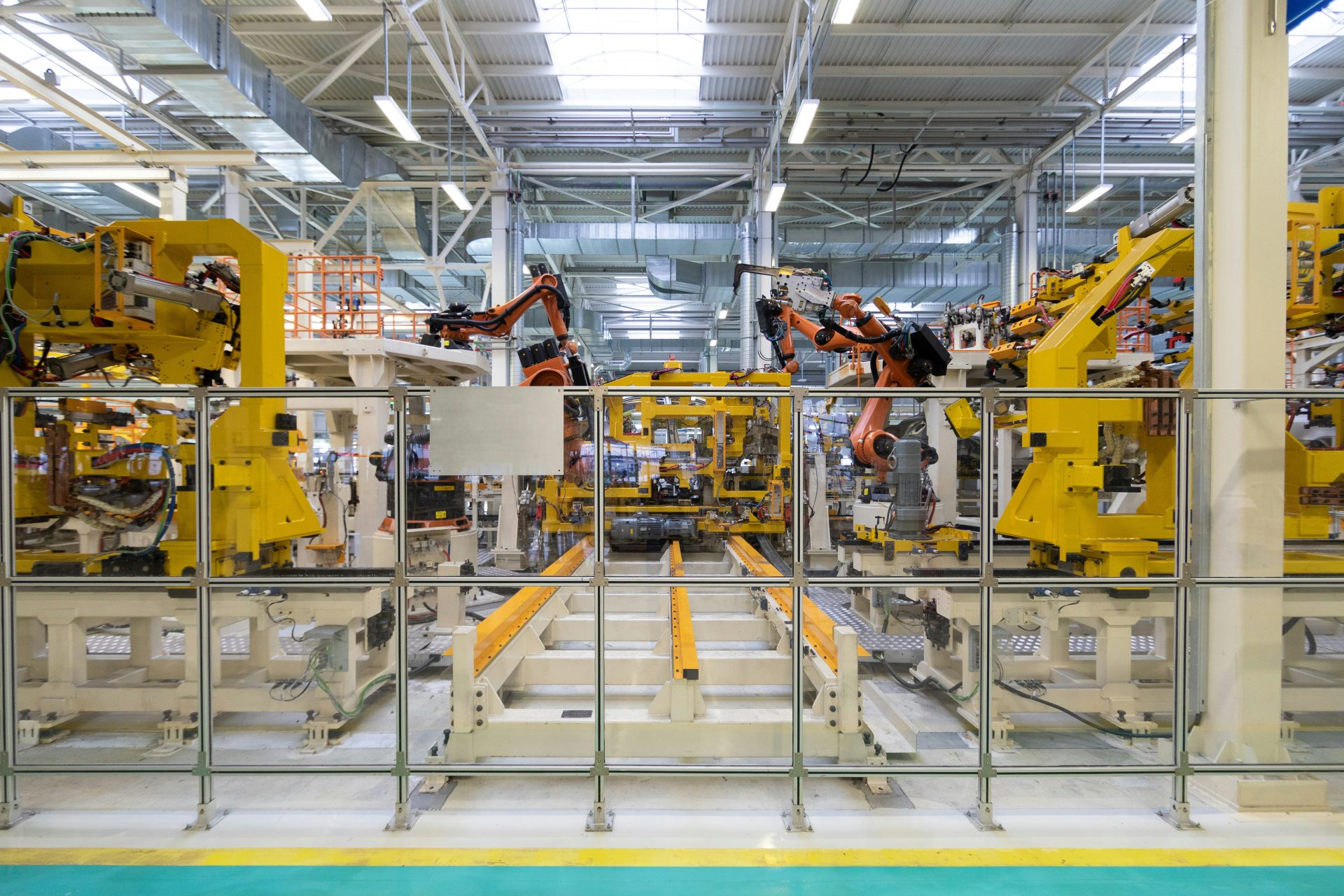Routes to Clean Power
Amid escalating pollution and the urgent need to combat climate change, the transition to clean energy is imperative. Yet, the shift away from fossil fuels, which are cheap and convenient, presents a formidable challenge. Convincing everyone to embrace cleaner but often costlier fuels requires a multifaceted approach that considers both economic and environmental factors. Furthermore, advancing the planning for a regional high-voltage electricity grid in Asia, coupled with local infrastructure development, is crucial to efficiently supply green energy and meet burgeoning demand.
Asia, with its immense population and diverse economies, faces a critical challenge in addressing climate change. The transition to cleaner energy sources and sustainable practices demands substantial investment.
Asia’s emerging market and developing economies require an annual investment of at least US$1.1 trillion to meet both mitigation (reducing emissions) and adaptation (coping with climate impacts) needs. However, the actual investment falls significantly short, currently standing at approximately US$333 billion per year. Most of this funding comes from sustainable debt instruments like green bonds, and public sources contribute more than half.
Notwithstanding the difficulty of going green, Asia stands on the brink of a $4 trillion to $5 trillion green business opportunity by 2030. This addressable market size encompasses various sectors related to clean energy, sustainable infrastructure, and environmental solutions. Businesses that venture into the green space early may face risks but can reap substantial rewards. Sustainability is increasingly valued by investors, customers, and employees alike.
Convincing the Masses
The transition to clean energy demands a paradigm shift in mindset, economics, and policy. While the initial costs of clean energy technologies might be higher, the long-term benefits are undeniable. Governments and industry leaders must prioritize education and awareness campaigns to underscore the environmental, health, and economic advantages of clean energy adoption.
Subsidies and incentives can play a pivotal role in making clean energy more financially accessible. Tax breaks, grants, and rebates can offset the upfront costs for individuals and businesses, encouraging uptake. Additionally, policymakers should explore innovative financing models, such as green bonds or public-private partnerships, to fund clean energy projects and infrastructure development.
China introduced purchase subsidies and tax rebates for electric light-duty vehicles (LDVs) as early as 2014. These measures aimed to reduce the price gap between EVs and conventional vehicles, encouraging consumers to choose cleaner options. China also focused early on providing convenient and affordable charging infrastructure which was crucial for EV adoption.
Advancing Regional Energy Grids
The establishment of a regional high-voltage electricity grid in Asia represents a transformative opportunity to optimize energy distribution and promote renewable energy integration. Such a grid will facilitate the seamless transmission of electricity across borders, enabling surplus renewable energy from one region to be efficiently utilized in another.
Flexible pricing mechanisms within this grid can incentivize the uptake of clean energy sources. By dynamically adjusting electricity prices based on supply and demand fluctuations, consumers are encouraged to shift their usage to periods when renewable energy generation is abundant, thus reducing reliance on fossil fuels during peak times.
China produces a significant portion of its clean energy (such as wind and solar power) in the northern and western regions. However, the densely populated eastern cities are major consumers of electricity. The challenge lies in bridging this geographic gap. China is actively pursuing the development of a nationwide supergrid that will connect the country’s six regional grids. By using higher voltages of direct current technology, the supergrid rectifies the mismatch between clean power production and consumption. It ensures that the clean energy generated in the north and west reaches the energy-hungry cities in the east.
Local Infrastructure Development
While regional energy grids offer broad-scale solutions, local infrastructure development remains critical to meeting the unique energy demands of communities. Decentralized renewable energy systems, such as solar panels and wind turbines, empower communities to generate their own clean energy and reduce reliance on centralized fossil fuel-based grids.
Local governments and stakeholders should prioritize investment in smart grids and energy storage technologies to enhance the reliability and resilience of local energy systems. Funding for local infrastructure projects can be sourced through a combination of public financing, private investment, and community initiatives. Innovative financing mechanisms, such as community solar programs and energy cooperatives, empower citizens to collectively invest in renewable energy projects and reap the benefits of clean energy generation.
Asia’s ambition for achieving net-zero emissions can be actualized through the strength of collaboration. In attune with this ethos, Horasis recently concluded its 2024 Horasis China Meeting in Binh Duong, Vietnam over 14-15 April 2024. The meeting brought together 300 of the most senior members of the Horasis Visions Community, including some of China’s and Vietnam’s best known business leaders, and helped deepen cooperation between these two dynamic nations.
Photo Caption: Wind turbines generating electricity in Northern China.




